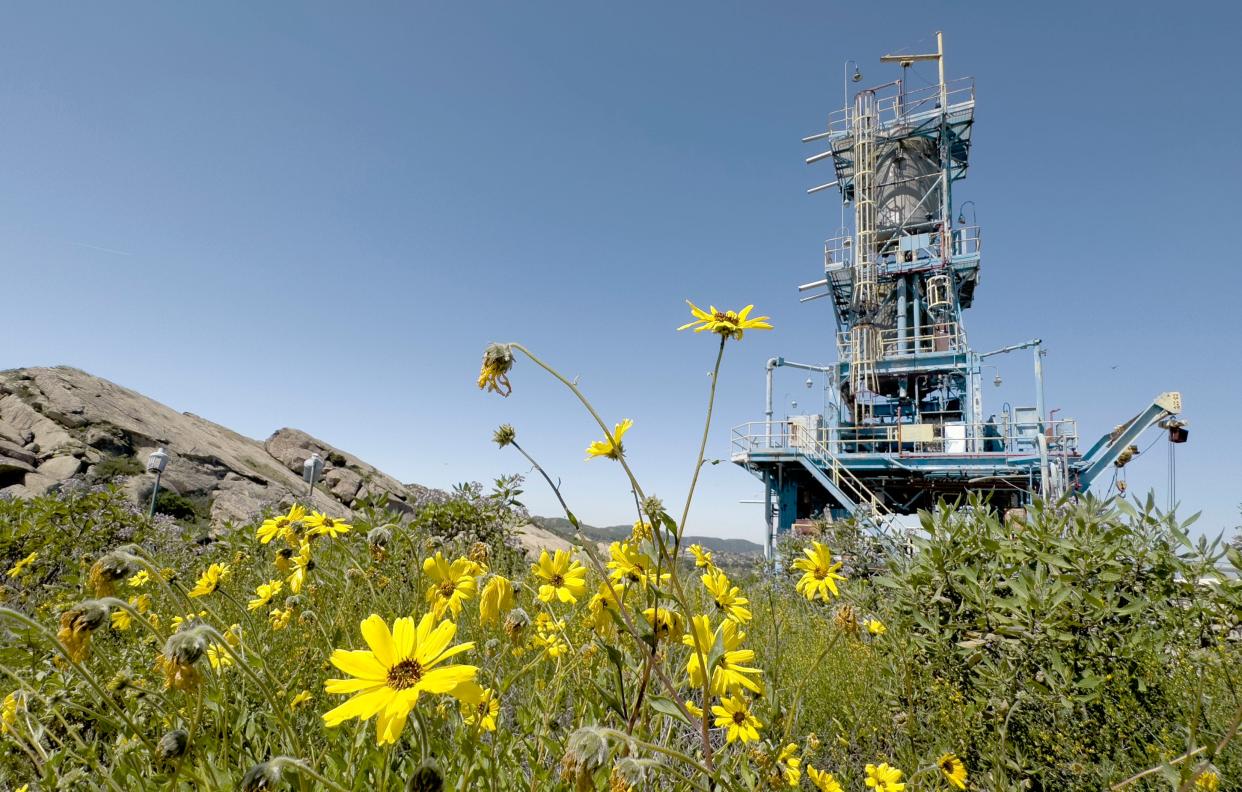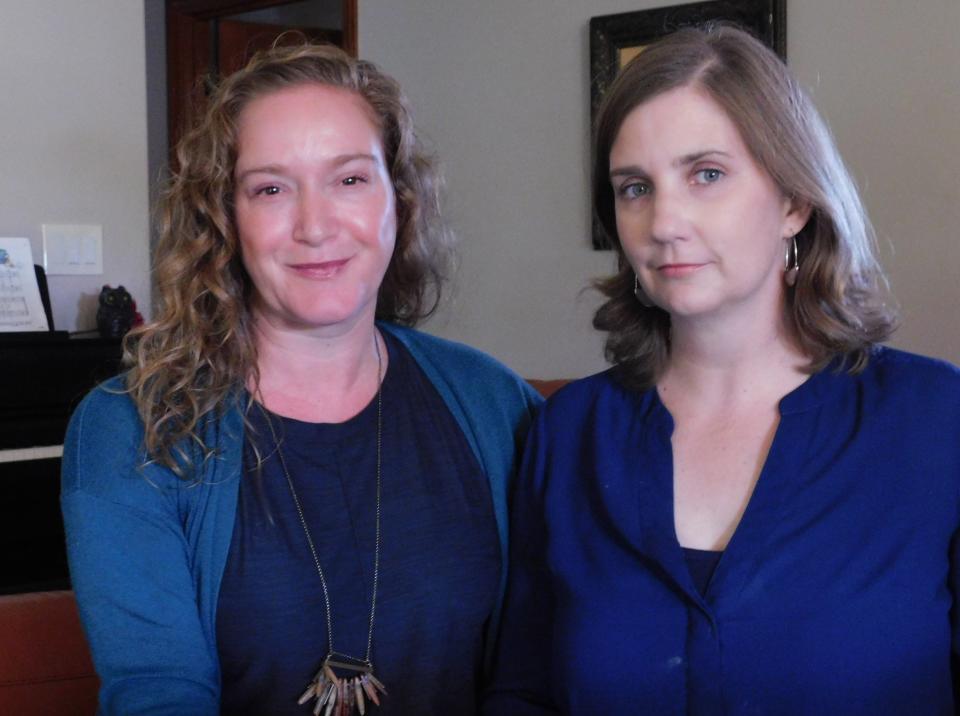LA water board ups monitoring under permit for Santa Susana Field Lab site

A revised water discharge permit for the Santa Susana Field Lab site has won approval from both the Los Angeles Regional Water Quality Control Board and critics of the site like Parents Against Santa Susana Field Lab.
The board voted 4-0 Thursday in Los Angeles to OK the permit with amendments that require a higher level of testing of water that flows off the site near Simi Valley and an investigation into water in nearby artificial ponds. Board member Sabrina Ashjian was not present during the vote.
The five-year permit, which takes effect Dec. 1 and replaces the 2015 permit, adds back monitoring of sulfate, antimony, nickel, selenium, thallium and dioxins and sets limits for them. These contaminants had previously been cut under the current permit.
It also requires aircraft giant Boeing to study groundwater infiltration of contaminants from two nearby ponds, which were created for agricultural purposes before the site became the field lab.
Boeing is responsible for all the stormwater runoff at the highly contaminated, 2,850-acre Simi Hills site of the former Rocketdyne/Atomics International rocket engine test and nuclear facility and, along with the U.S. government, owns the land.
Boeing spokesman Connor Greenwood said in a statement Friday that the company was evaluating the new conditions for the permit and considering its options.
"We will continue our significant efforts to ensure that stormwater runoff leaving the Santa Susana site complies with the permit’s stringent requirements," Greenwood said. "We remain deeply committed to protecting and improving surface water quality at Santa Susana."
The parents group took great hope from the permit's added measures.
“I’m going to start crying because our community has not been listened to by a government agency for a very long time, and I feel the board has heard us,” Melissa Bumstead, founder of Parents Against Santa Susana Field Lab, told board members just before the vote.
Board chair Norma Camacho, a Camarillo resident, thanked Bumstead and her organization for their participation in the hearings.
Bumstead, who lives in West Hills, has blamed the contaminants for her daughter Grace contracting a rare form of pediatric leukemia in 2014. Grace has remained cancer-free since a 2017 bone marrow transplant.
"What you guys did today to try and protect us has given us hope," Bumstead told the board. "I also very much appreciate Vice Chair (David) Nahai’s comments about the cost of these contaminants to the community. My daughter’s cancer treatment cost over $3 million, and that was for just one child."
The proposal to study contamination at ponds — Silvernale Reservoir and R1 Pond — ran into resistance at Thursday's meeting.
Michael Stenstrom, a UCLA professor of engineering, testified he served on an expert panel finding almost no infiltration into the ground from the ponds.

Nahai said it didn't matter if the infiltration is minimal.
"It could still have a substantial impact," he said. "But where people are complaining about getting sick to tell them that we think it is minimal and therefore can be ignored, I don't think is good enough."
Nahai called on Boeing to complete the study within one year on the ponds and made the motion to approve the permit with that as a requirement, along with Boeing monitoring chemicals known as PFAS and PCBs used in manufacturing processes at the site. That was the motion that the board approved 4-0.
The state Department of Toxic Substances Control found extensive contamination in and around the ponds, Camacho said in an interview Friday.
"That led us to tell Boeing that they have to conduct additional studies around the ponds," Camacho said. "There should be zero infiltration."
Camacho said that while the Department of Toxic Substances Control works on the cleanup of the water and soil, the board must deal with stormwater runoff now. She added that the sites at the two ponds will be disturbed during DTSC's cleanup, meaning risk to groundwater.
"We are dealing with a site that is so contentious for the community and has had very, very heavy metal industrialization activity," Camacho said.
The board decided Thursday to ask DTSC to report quarterly on its progress with the site.
Dave Mason covers East County for the Ventura County Star. He can be reached at dave.mason@vcstar.com or 805-437-0232.
This article originally appeared on Ventura County Star: More water monitoring from Santa Susana Field Lab OK'd

